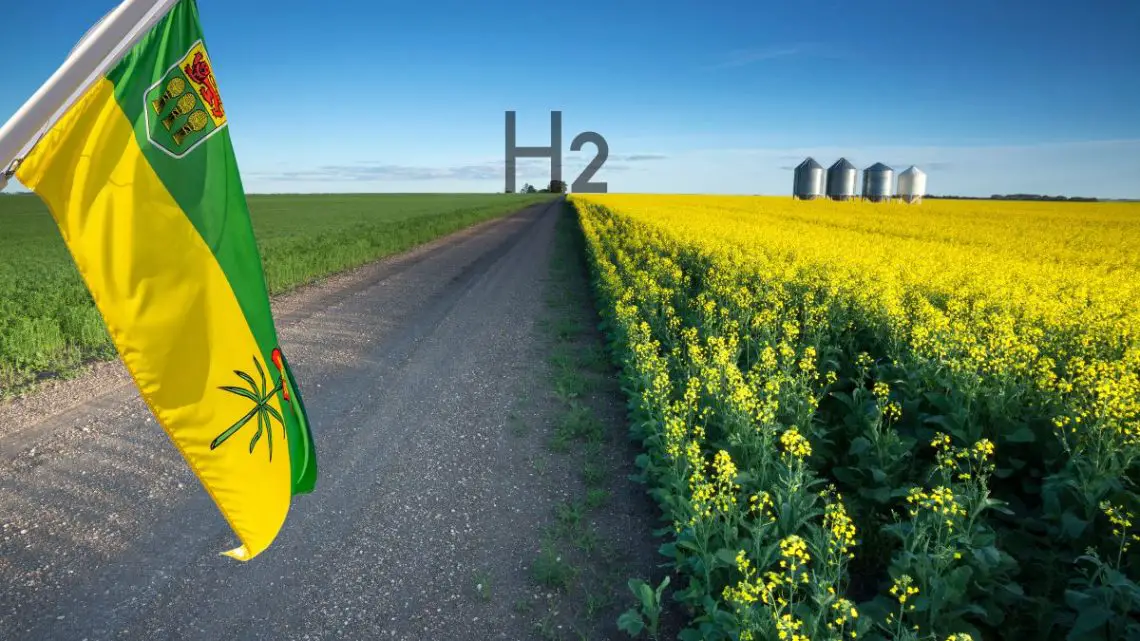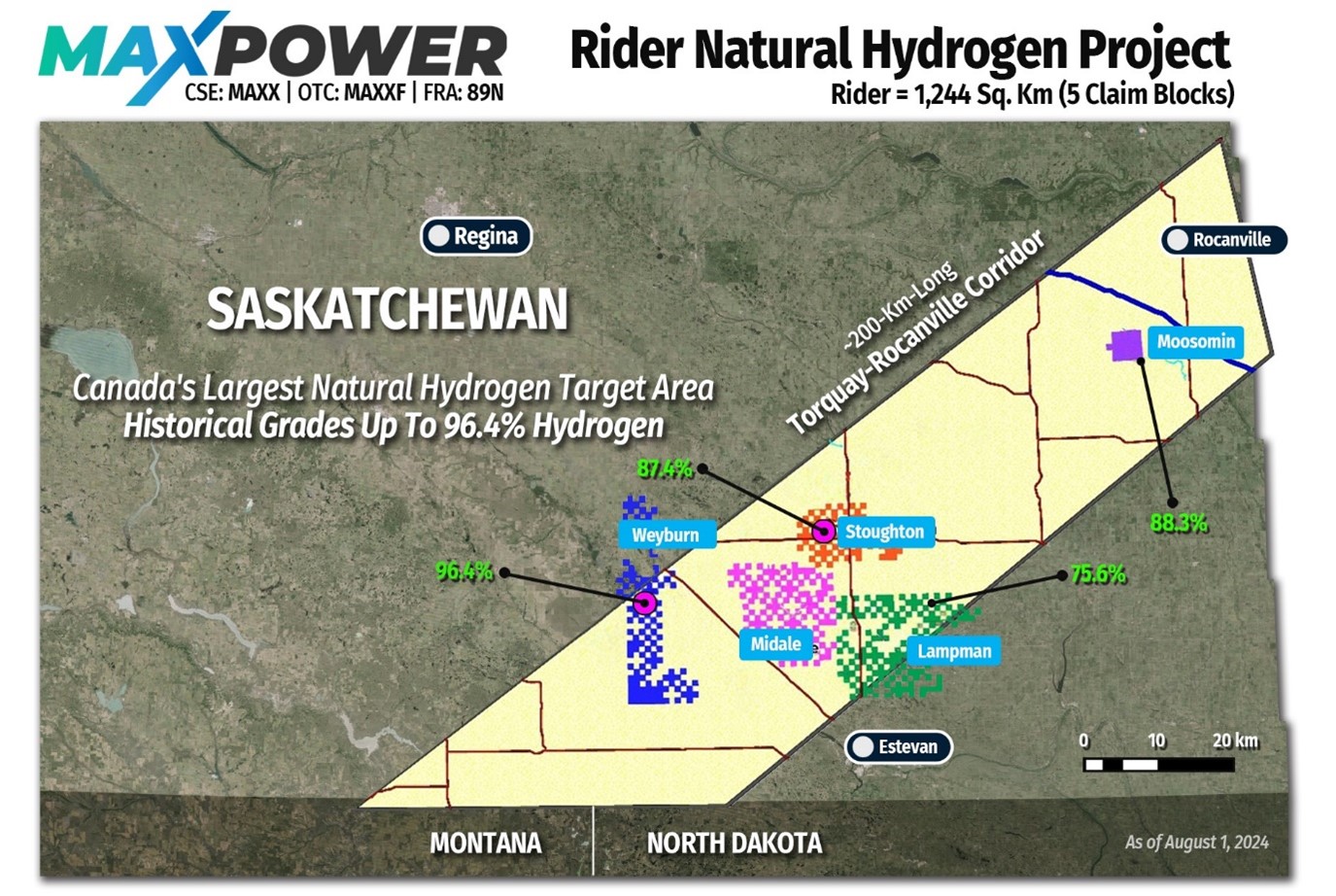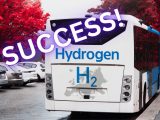
MAX Power makes biggest natural hydrogen discovery in Canada using special technique
August 5, 2024MAX Power has identified a potential source of white hydrogen in Saskatchewan.
MAX Power Mining Corp., a publicly traded company dedicated to targeting natural hydrogen discoveries in North America, has uncovered a potential naturally occurring hydrogen resource play in southeast Saskatchewan. This resource play (a relatively large accumulation of hydrocarbon that occurs over a broad geological region) was discovered by the company using its proprietary methods and date modeling.
Possible grades of hydrogen up to 96.4%.
According to MAX Power, its prospective natural hydrogen (also known as white hydrogen) discovery features dozens of historical hydrogen showings, among these include grades up to 96.4%.
As a result from their discovery, MAX Power has assembled (via a series of permit applications) a 1,244 sq. km land package it’s dubbed the “Rider Natural Hydrogen Project”. This land package is stationed within the Torquay-Rocanville Corridor, an area stretching 200 km (124 miles) long.
There are more than one high-priority target areas over five separate large claim blocks. Each of these areas show evidence of possible upward migration of hydrogen to surface. This makes the Rider Natural Hydrogen Project the biggest known area in Canada to date for the possible finding of naturally occurring accumulations of hydrogen gas.

Map showing the location of Max Power’s Natural Hydrogen Permit Applications – Source: MAX Power
MAX Power’s 1,244sq km staking covers nearly all the available Crown land and the premier natural H2 targets within the Torquay-Rocanville Corridor.
MAX Power plans to verify and validate its prospective natural hydrogen discovery.
The uncovering of this naturally occurring hydrogen is still very much in the early research stages. At present, geologists are designing a near-term program to both verify and validate the existence of this hydrogen trend at Rider.
Furthermore, MAX Power hasn’t thrown all its eggs in one basket. In addition to its potential findings within the Torquay-Rocanville Corridor, the company is also reviewing a wide range of datasets in Saskatchewan and beyond. The company has a bold plan to build on its first mover advantage in the natural H2 sector both in Canada and the United States.
Why Saskatchewan?
 The Canadian province of Saskatchewan is in a prime position to become the first in North America to produce natural hydrogen. This is due to the province having both a highly favorable geology as well as a transparent policy framework for exploration and development of this alternative energy source.
The Canadian province of Saskatchewan is in a prime position to become the first in North America to produce natural hydrogen. This is due to the province having both a highly favorable geology as well as a transparent policy framework for exploration and development of this alternative energy source.



 With over 15 years of reporting hydrogen news, we are your premier source for the latest updates and insights in hydrogen and renewable energy.
With over 15 years of reporting hydrogen news, we are your premier source for the latest updates and insights in hydrogen and renewable energy.
Congratulations! Now, how to get the hydrogen to market? May we suggest adding nitrogen to make anhydrous ammonia? Ammonia carries 17.8% hydrogen by weight and has been used commercially in large quantities for over a century. Kontak has patented technology to gently release the hydrogen safely, efficiently, and inexpensively at the point of use (even on-board trucks, buses, locomotives, and ships) where it is mixed 30/70 with ammonia to completely replace diesel fuel. Let’s talk.
OK, Ammonia as the transport. How does ammonia affect steel pipe lines, truck tank bodies and control valves and sensors?
Next, what do you do with the ammonia after separation at point of use of distribution? Your articles are helpful, but need more details to secure our interest.
Only the best for All of US.
LW